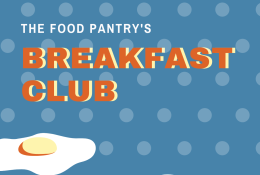Frequently Asked Questions About Food Recovery
Who Donates?
We have developed an infrastructure and the relationships necessary to provide local businesses with a reliable and efficient system to donate quality food. Our operation has grown to include over 127 businesses, from food purveyors to manufacturers, growers to caters, and restaurants.
Where Does the Food Go?
Over 40 area agencies are in a network though the Food Recovery Program. Local food pantries, meal programs, shelters, and group homes all cooperate to transport and distribute the food to the greatest number of people as quickly as possible.
What Can You Donate?
- Fresh or frozen produce
- Fresh or frozen meat
- Eggs
- Dairy products
- Leftover food from restaurants, buffets, and catered events
- Canned and packaged food items
How Does the Program Work?
- Identify food items suitable for donation
- Properly prepare and package the food
- Contact the Food Resource Manager for delivery instructions or pickup
What Are the Regulations for Handling Food?
Each donor must follow strict food-handling standards to ensure the food we distribute is safe and of the best possible quality.
- Avoid cross-contamination
- Minimize hand contact
- Properly label and date items
- Food items may not be thawed and then refrozen
- For safe and rapid cooling, food should be packaged into shallow containers and transferred directly to a refrigerator or freezer
- Maintain appropriate temperatures for food storage: Hot foods must be maintained at 140° F (or above) until they can be properly cooled and transferred to refrigerated conditions. Cold foods must be maintained at 40° F (or below) until the food is ready to be donated.

